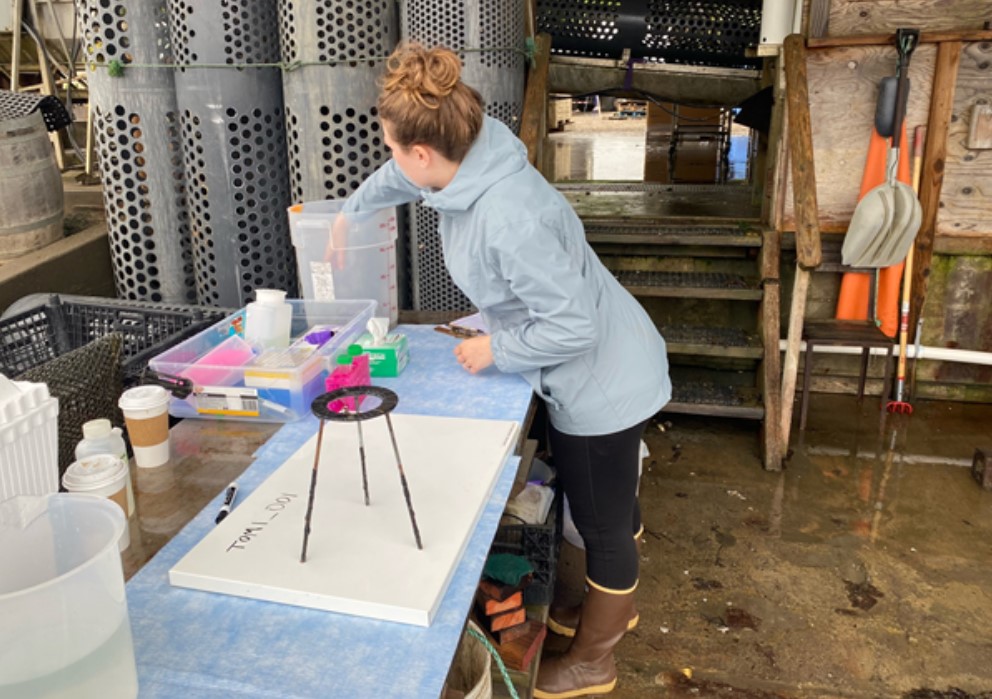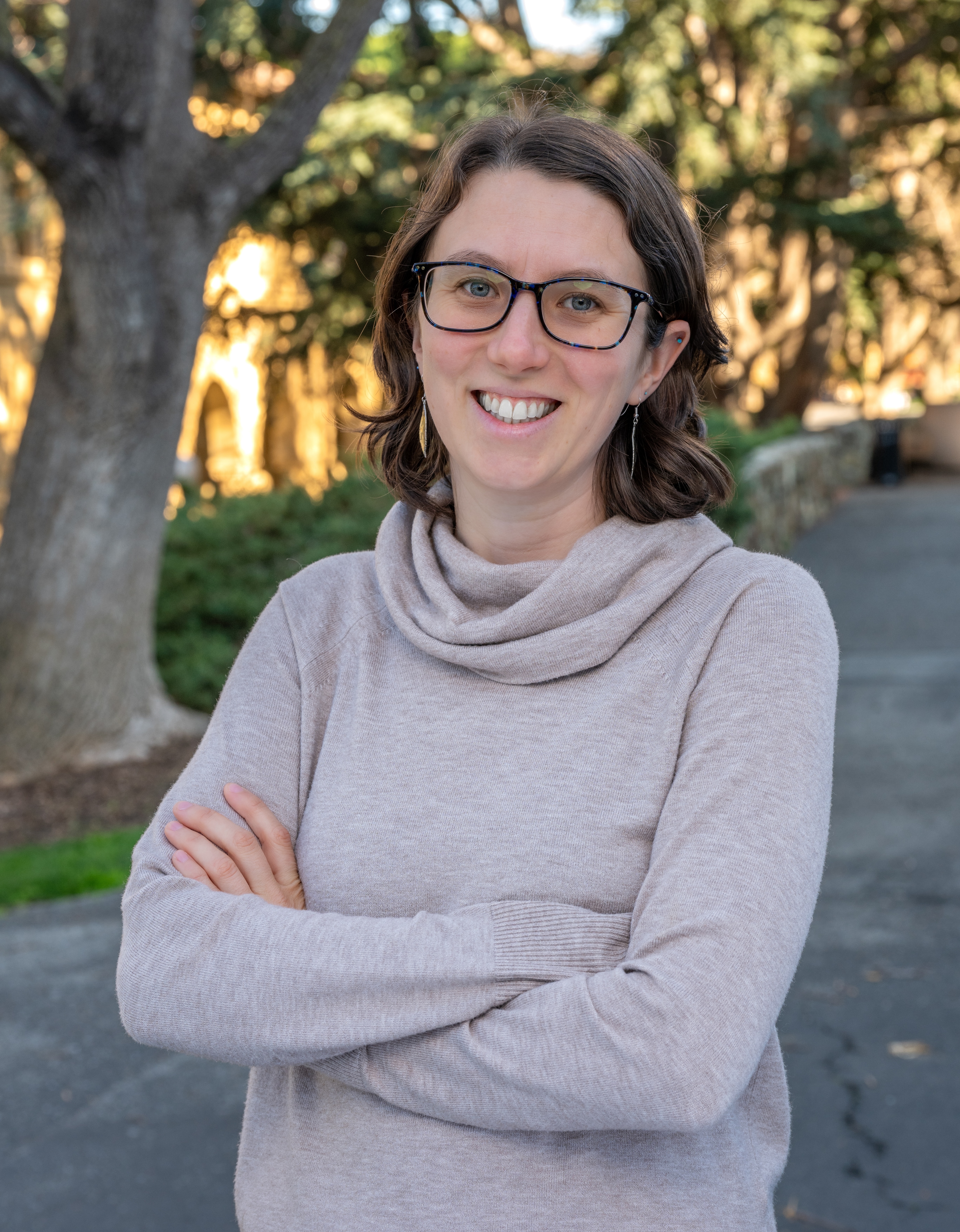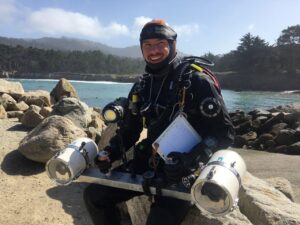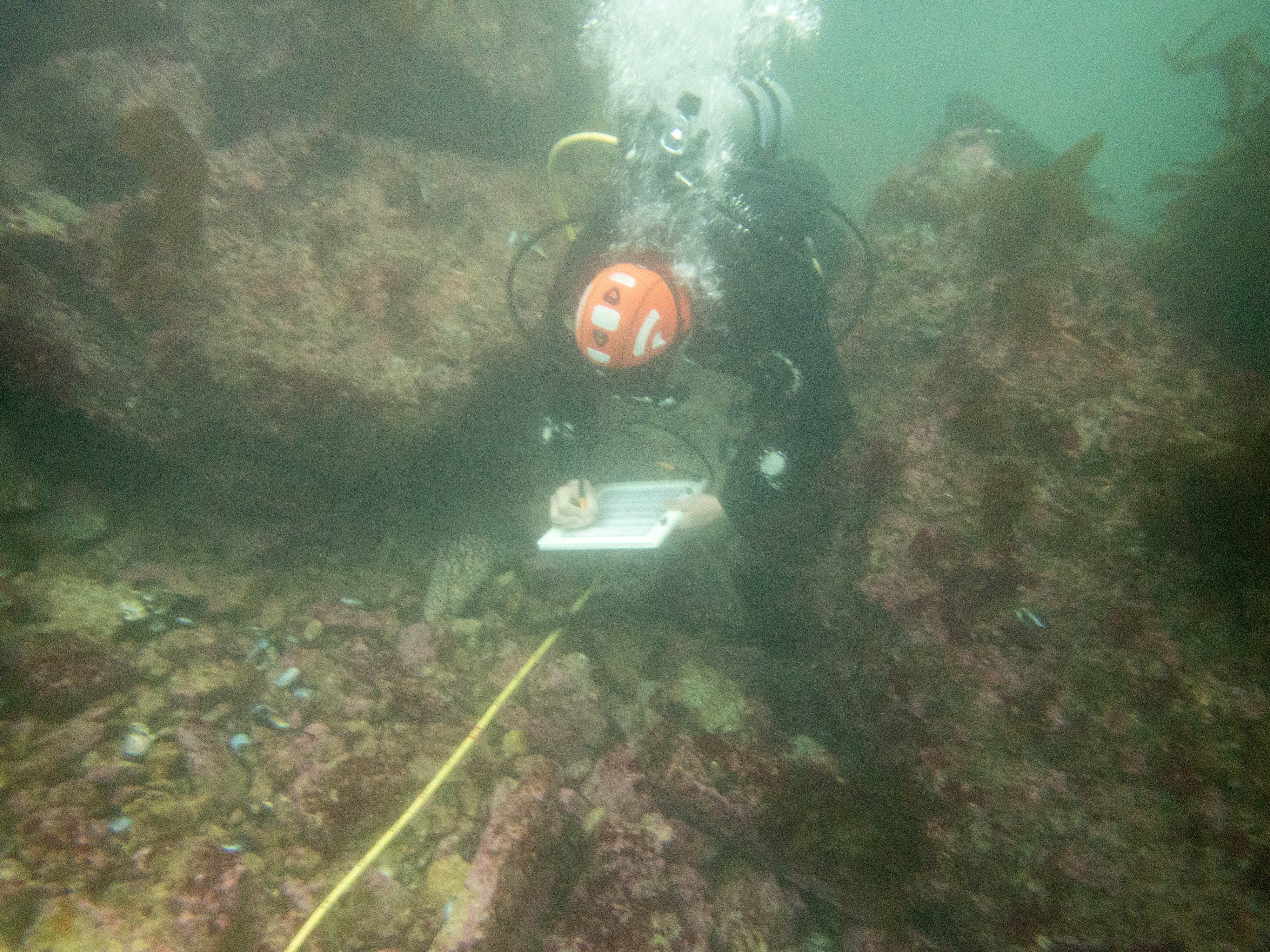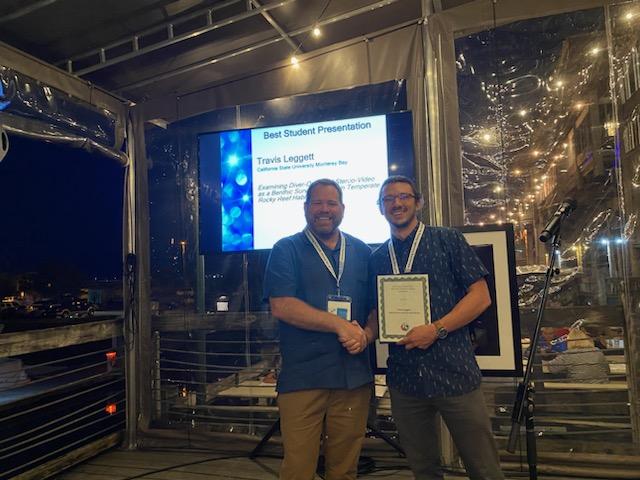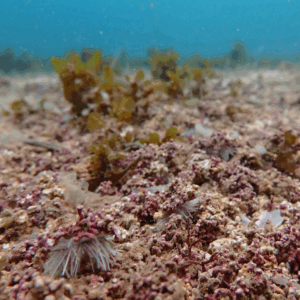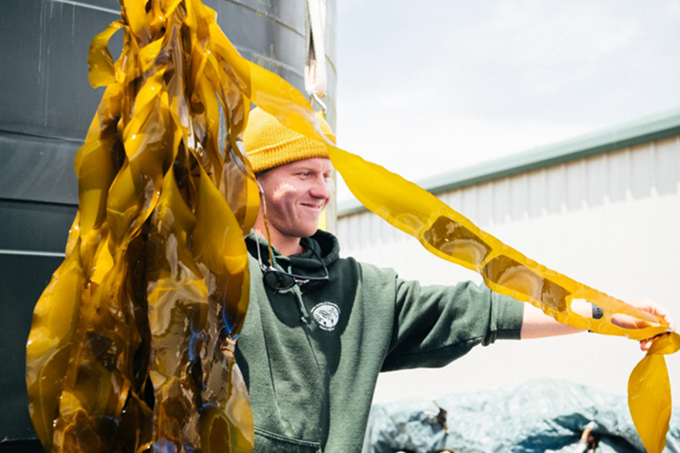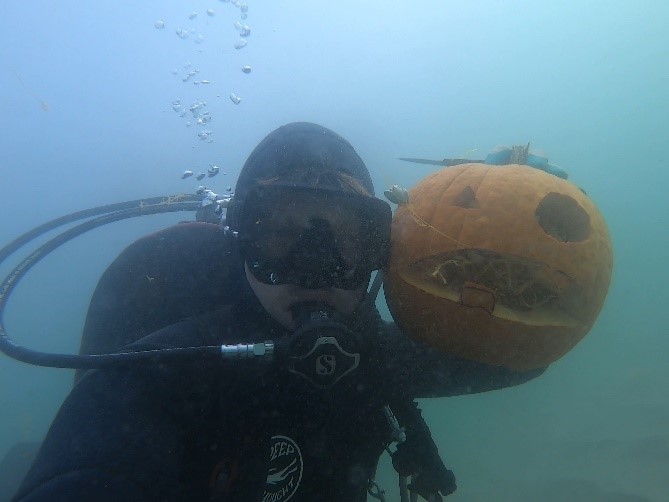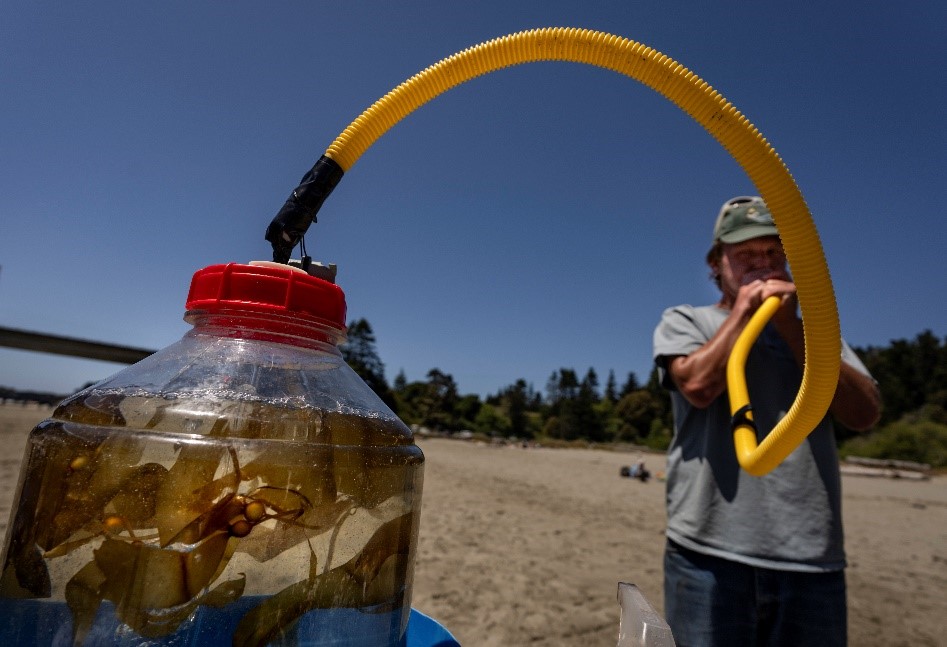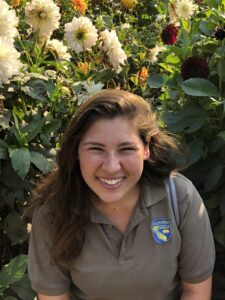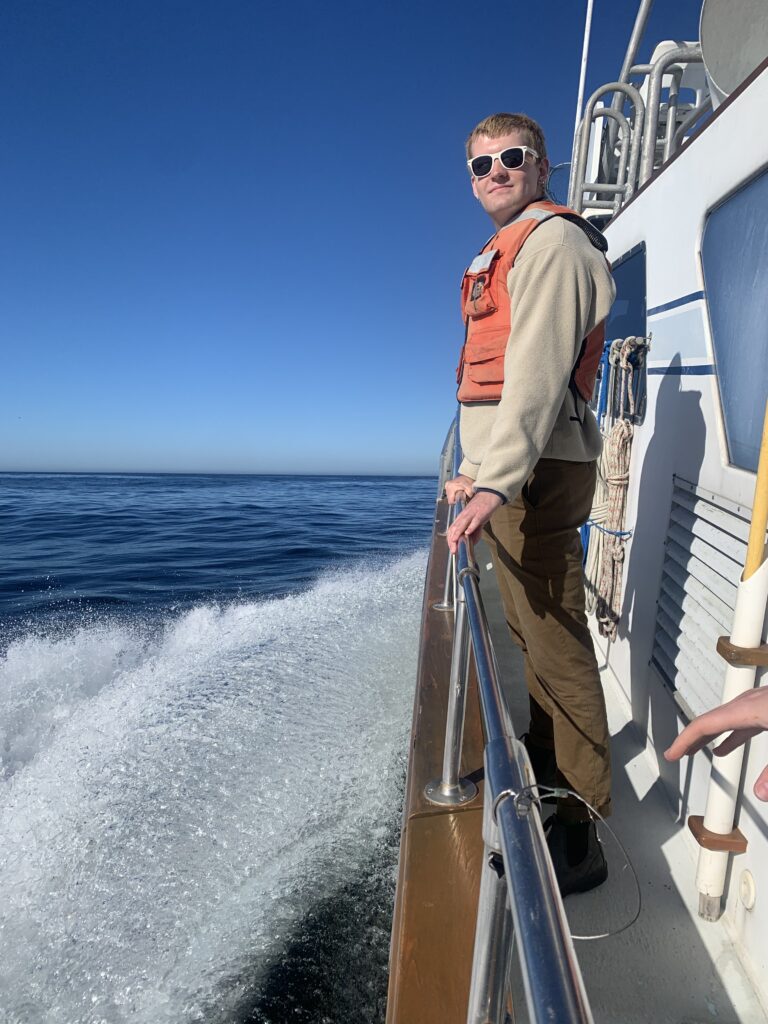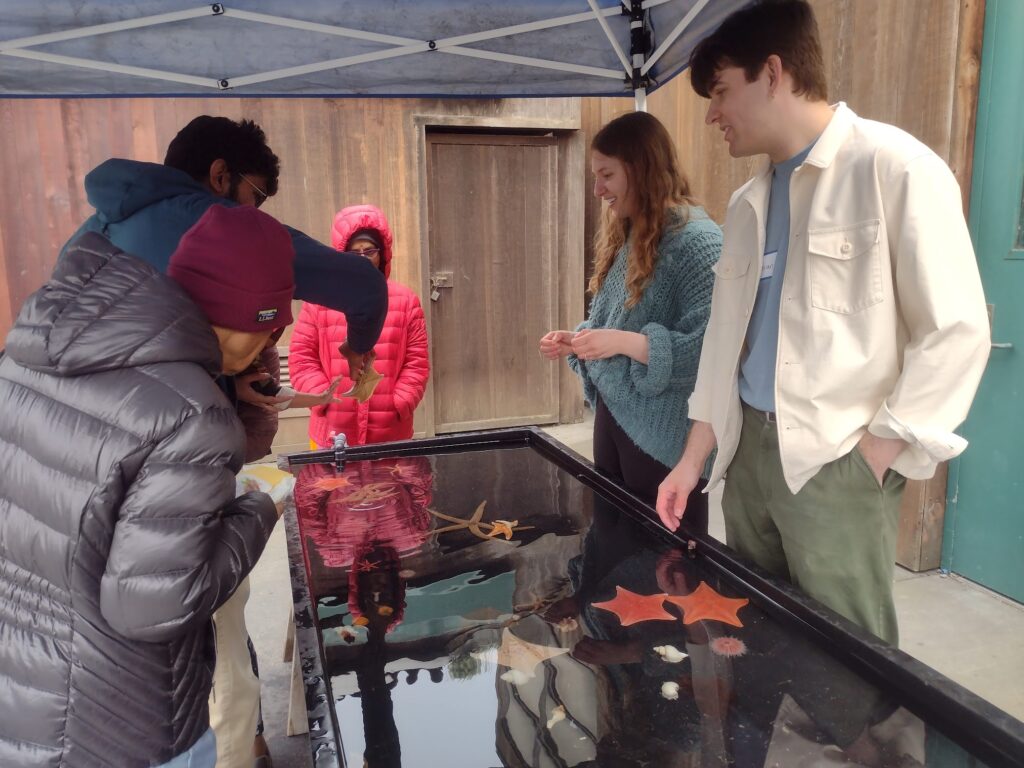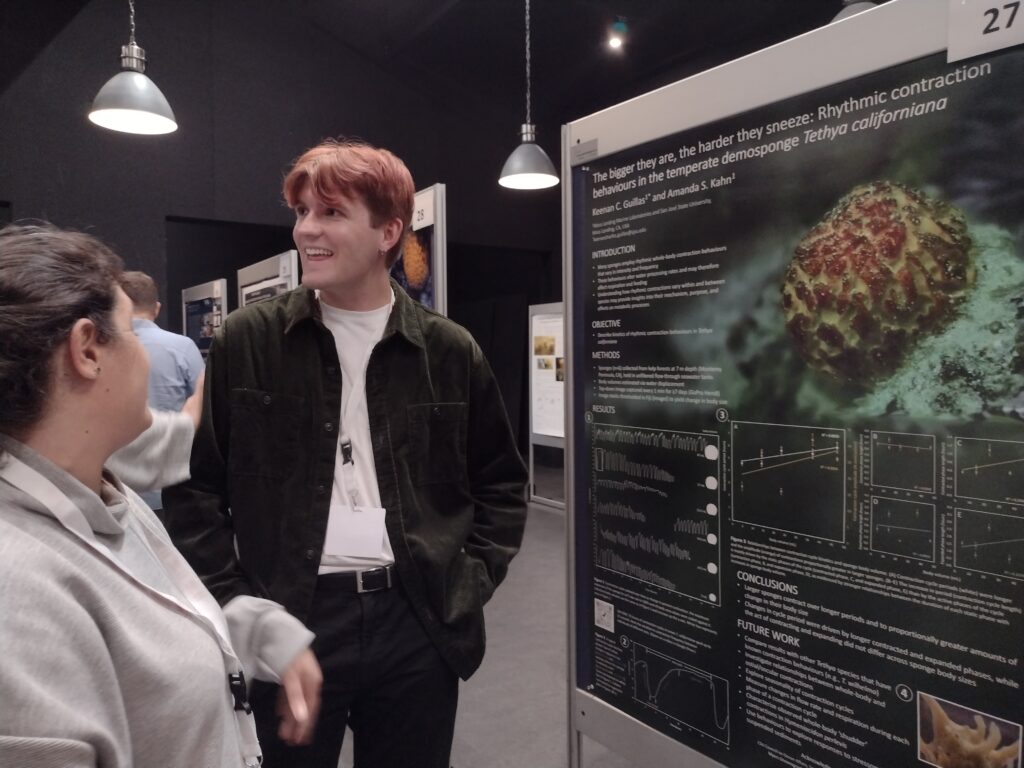"It shucks to be inbred: Effects of small population sizes on genomic diversity of hatchery-reared Olympia oysters (Ostrea lurida)"
A Thesis Defense by Anna Heasley
MLML Invertebrate Ecology
Live-Stream | May 15th, 2025 at 11:00 am PST
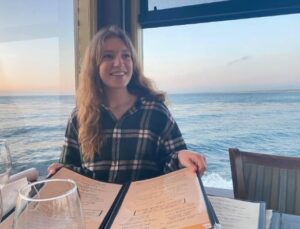
Abstract
Olympia oysters (Ostrea lurida), critical members of estuarine ecosystems along the California Current Ecosystem (CCE), have faced significant population declines due to historical overfishing and habitat deterioration. Today, managers from multiple estuaries across the CCE are focusing on conservation aquaculture breeding efforts to aid in restoration; however, the genetic implications of these efforts remain unexplored. As with other Ostrea spp, Olympia oysters have a viviparous reproductive strategy that creates unique challenges for aquaculture mediated restoration. This study evaluates the genetic impact of current captive breeding practices on Olympia oyster cohorts produced in three California estuaries: Elkhorn Slough (EHS), Morro Bay (MB), and Tomales Bay (TB). We used low-coverage whole genome sequencing to analyze genetic diversity and inbreeding metrics across wild and hatchery produced oysters. DNA samples from 280 oysters were collected, sequenced to an average depth of 2.19x, and mapped to a newly sequenced, high-quality reference genome developed from a single individual from ES. Analysis of data for each estuary used ANGSD software to estimate allele frequencies, SNPs, and F-statistics, revealing no significant genetic differentiation between populations (FST: ES & MB 0.027; ES & TB 0.025; TB & MB 0.048). Finally, we estimate inbreeding levels across generations and populations using runs of homozygosity. By analyzing 4,104,815 genomic sites, we provide evidence that inbreeding is occurring but is minimal, and not recent (mean ROH lengths<1MB) in captive-bred Olympia oysters. Because inbreeding can have deleterious effects on population growth and resilience, these insights can inform future breeding efforts. This research supports conservation efforts to sustain and restore these ecologically important organisms along the California coast.
BIO
Anna is originally from Pennsylvania and earned her B.S. in Biology with a minor in Marine Science from Slippery Rock University. During her undergraduate studies, she took her first marine science courses at the Chincoteague Bay Field Station in Virginia, where she discovered her passion for marine biology. This led her to participate in an NSF Research Experience for Undergraduates (REU) through Old Dominion University, Norfolk, VA, where she studied the bioaccumulation of anthropogenic hydrocarbons in the Eastern oyster (Crassostrea virginica).
Inspired by this experience, Anna pursued graduate studies at Moss Landing Marine Laboratories (MLML), joining Dr. Amanda Kahn’s lab in 2020. She initially focused her thesis on the energetics of brooding behavior in Olympia oysters (Ostrea lurida), but her interest shifted after taking the Molecular Techniques course taught by Dr. Kahn and Dr. Sarah Smith, and through her work in Dr. Jonathan Geller’s Invertebrate Zoology lab performing molecular lab work related to invasive species. These experiences sparked a new focus on oyster genetics.
Anna received support for her research through several awards, including a California Sea Grant award (“Using energetics and metabolism to enhance Olympia oyster aquaculture and outplanting success,” R/SFA-11), California Ocean Protection Council Prop 68 funding (“Elkhorn Slough Tidal Marsh Restoration Phase III”), and scholarships such as the Dr. Earl H. Myers & Ethyl M. Myers Oceanographic & Marine Biology Trust award, Simpkins Family Marine Science Scholarship, and MLML WAVE awards.
During her time at MLML, Anna served as a Graduate Assistant for the Molecular Techniques course, supported sponge research as a student worker in Dr. Kahn’s lab, worked as a lab technician for Dr. Geller, and was a Civic Action Fellow through San José State University, teaching coding to underserved youth in the San Jose area.
After completing her graduate studies, Anna settled in New Wilmington, Pennsylvania, with her husband and fellow biologist, Jake Raville. Upon her return to Pennsylvania, she gained further experience in education and outreach by working as a substitute teacher. She now works at the University of Pittsburgh’s Cancer Genomics Facility, where she specializes in spatial transcriptomics and single-cell RNA sequencing using 10x Genomics Visium and Chromium platforms. Her work focuses on profiling tumor microenvironments and investigating cancer gene expression at single-cell and spatial resolution.
